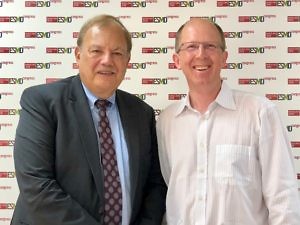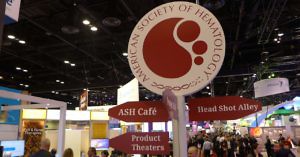Reflections on the latest lurbinectedin and abemaciclib developments

Stormy waters – Oncology R&D is a fine line between success and over the edge sometimes!
BSB Reader Mailbag – With the FDA approval of lurbinectedin on Monday and two very different recent announcements regarding adjuvant therapy readouts for CDK4/6 inhibitors, we received a bunch of BSB reader questions on both topics.
It’s been a while since we dived into the mailbag in a busy conference season, so this is a great time to reflect on some broader thoughts in oncology R&D for context.
Here, we look at two key aspects…
- Am I enthused about the lurbinectedin data or not?
- What half dozen factors could we be thinking about when considering CDK4/6 inhibitors in adjuvant HR+/HER2- breast cancer in order to decide if one is better than the other or does luck play a part?
To learn more from our oncology analysis and get a heads up on insights and commentary emerging from recent company announcements, subscribers can log-in or you can click to gain access to BSB Premium Content.
This content is restricted to subscribers
 This weekend in the oncology conference calendar saw the ESMO Breast meeting take place.
This weekend in the oncology conference calendar saw the ESMO Breast meeting take place.
 The 2019 annual meeting of the American Society of Clinical Oncology (Twitter #ASCO19) is now in full swing, and we’re kicking off our on-site meeting coverage with a review of the some of the highlights of Friday here in Chicago.
The 2019 annual meeting of the American Society of Clinical Oncology (Twitter #ASCO19) is now in full swing, and we’re kicking off our on-site meeting coverage with a review of the some of the highlights of Friday here in Chicago.

 Yes, it’s time for another Bushidō –
Yes, it’s time for another Bushidō – 
 One way to do that is through the second part of the Gems from the Post Hall series. This latest one looks at a range of intriguing new targeted therapies and novel targets that are emerging, including a pharma company with a particularly interesting early pipeline.
One way to do that is through the second part of the Gems from the Post Hall series. This latest one looks at a range of intriguing new targeted therapies and novel targets that are emerging, including a pharma company with a particularly interesting early pipeline.